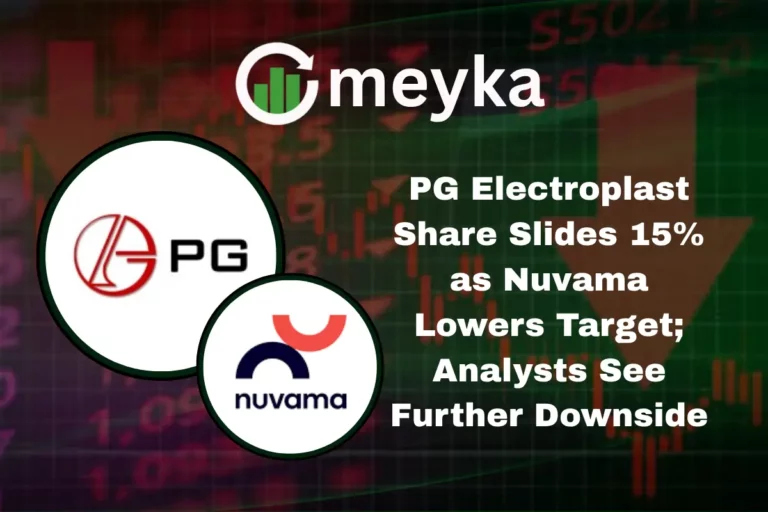Gold Prices Slip from $4,000 as Dollar Strengthens Amid US Shutdown, France Concerns
Gold prices have recently experienced a significant decline, dropping below the $4,000 per ounce mark. This shift is primarily attributed to the strengthening of the U.S. dollar, concerns over a potential U.S. government shutdown, and economic instability in France.
The interplay between these global events has created a complex economic landscape. While gold has traditionally been seen as a safe haven during times of uncertainty, the current dynamics suggest that investors are reassessing their strategies. Understanding the factors contributing to this decline is crucial for making informed investment decisions.
We will explore the reasons behind the recent drop in gold prices, examining the role of the U.S. dollar’s strength, the implications of a potential government shutdown, and the economic challenges facing France. By exploring these elements, we aim to provide a comprehensive overview of the current state of the gold market and its future prospects.
Current Gold Market Overview
As of October 7, 2025, spot gold prices have dipped to approximately $3,960 per ounce, down from a recent high of $3,977.19. This marks a notable retreat from the $4,000 threshold, which many investors view as a psychological barrier. Despite this pullback, gold prices have surged by over 50% year-to-date, driven by factors such as central bank purchases, increased interest in gold-backed exchange-traded funds (ETFs), and a weakening U.S. dollar.
Analysts at Goldman Sachs have revised their gold price forecast for December 2026 to $4,900 per ounce, citing sustained demand from central banks and Western investors. This optimistic outlook underscores the long-term bullish sentiment surrounding gold, even amid short-term fluctuations.
Dollar Strength and Its Impact on Gold
The U.S. dollar has recently strengthened, exerting downward pressure on gold prices. As gold is priced in dollars, a stronger greenback makes the metal more expensive for holders of other currencies, potentially dampening demand. This inverse relationship between the dollar and gold is a well-established dynamic in financial markets. However, despite the dollar’s recent gains, gold has managed to maintain its upward trajectory, indicating robust underlying demand.
Factors contributing to the dollar’s strength include expectations of interest rate cuts by the U.S. Federal Reserve and a flight to safety amid global uncertainties. These developments have led investors to reassess their portfolios, balancing between the allure of gold and the relative stability offered by the dollar.
US Government Shutdown Concerns
The current U.S. government shutdown has further complicated the economic situation. With over 750,000 federal workers furloughed and key economic data releases suspended, investor confidence has been shaken. This uncertainty has driven many to seek refuge in gold, traditionally viewed as a safe-haven asset during times of political and economic turmoil.
Historically, periods of U.S. government shutdowns have seen gold prices rise as investors hedge against potential economic disruptions. The current situation appears to be following this trend, with gold prices approaching record highs as concerns over the shutdown persist.
Economic Concerns in France
Economic instability in France has further fueled demand for gold. Recent political turmoil, including the collapse of Prime Minister Sébastien Lecornu’s government, has raised concerns about the country’s economic direction. This uncertainty has led investors to seek safe-haven assets, with gold being a primary choice.
The ripple effects of France’s economic challenges are being felt across Europe, influencing investor sentiment and contributing to the global demand for gold. As geopolitical risks continue to mount, gold’s appeal as a stable investment option remains strong.
Other Influencing Factors
Several other factors are influencing gold prices. Central banks, particularly in emerging markets, continue to diversify their reserves by increasing gold holdings. This trend is expected to persist, providing ongoing support for gold prices.
Additionally, retail investor interest in gold-backed ETFs has surged, reflecting a broader desire to invest in tangible assets amid economic uncertainties. These developments are contributing to the overall bullish sentiment surrounding gold, despite short-term fluctuations.
Market Outlook and Expert Predictions
Looking ahead, experts remain optimistic about gold’s prospects. Goldman Sachs’ revised forecast of $4,900 per ounce by December 2026 reflects confidence in sustained demand and favorable macroeconomic conditions.
While short-term volatility is expected, the long-term outlook for gold remains positive. Investors are advised to consider gold as part of a diversified portfolio, balancing potential risks with the asset’s historical performance as a store of value.
Conclusion
The recent dip in gold prices below the $4,000 mark is a temporary fluctuation in an otherwise bullish trend. Factors such as the strengthening U.S. dollar, concerns over the U.S. government shutdown, and economic instability in France have contributed to this decline. However, the underlying demand for gold remains strong, supported by central bank purchases, ETF inflows, and investor desire for safe-haven assets.
As we move forward, gold is expected to continue its upward trajectory, with experts projecting prices to reach $4,900 per ounce by December 2026. Investors should remain informed and consider gold as a valuable component of their investment strategies.
FAQS:
When the Fed lowers interest rates, it becomes less expensive to borrow money. Investors may move money into gold, a safe asset. Gold prices usually rise when rates fall, boosting demand and value.
When the U.S. dollar strengthens, gold becomes more expensive for buyers using other currencies. This often lowers demand, so gold prices tend to drop when the dollar rises.
Gold prices vary worldwide due to taxes, duties, and local demand. Countries like the UAE, especially Dubai, often sell gold cheaply because of low taxes and high market supply.
Disclaimer:
This content is for informational purposes only and is not financial advice. Always conduct your research.






